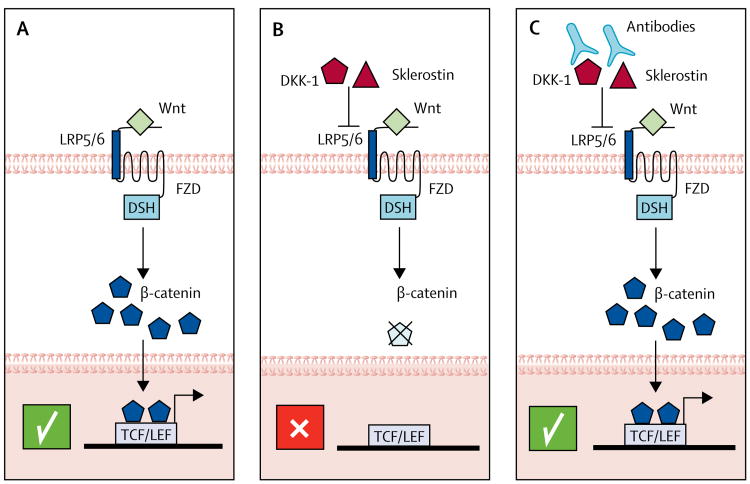Figure 2. Overview of the Wnt signalling pathway—effects of ligands, inhibitors, and targeted therapies.
(A) After binding of Wnt to the LRP5/6 receptor, β-catenin translocates into the nucleus, binds to TCF/LEF transcription factors, and stimulates transcription of osteoblast genes, which results in enhanced bone formation. (B) The endogenous Wnt inhibitors sclerostin and DKK-1 interfere with Wnt signal transduction, resulting in less β-catenin translocation into the nucleus. Osteoblastic functions and bone formation is reduced. (C) Antibodies against sclerostin or DKK-1, or both, neutralise the Wnt inhibitors, thus restoring the scenario of unopposed Wnt signalling as depicted in panel A, which leads to enhanced osteoblastic bone formation. LRP5=low-density lipoprotein receptor-related protein 5. FZD=frizzled. DSH=dishevelled. DKK-1=dickkopf-related protein 1.

